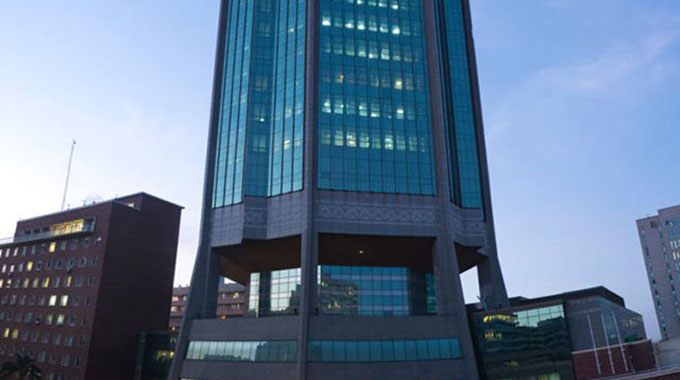RBZ injects more cash into circulation

Business Reporter
The Reserve Bank of Zimbabwe (RBZ) says it injected approximately $64 million cash into circulation during the week ending June 19, 2020.
According to statistics released last Friday by the central bank, cash in circulation increased to $1.661 billion for the week to June 19, 2020 up from $1.552 billion for the week ending 12 June 2020.
The central bank is however, taking a cautious approach in injecting cash into circulation given the lack of confidence in the market.
Both RBZ governor Dr John Mangudya and Finance Minister Mthuli Ncube have said cash will be injected into the economy on a gradual basis.
The local currency is thus still limited in supply resulting in endless queues at banks. Consumers have also resorted to paying premiums to access cash from illegal traders.
As of that date, cash in circulation is now 11.6 percent of all the currency (not cash) issued by the central bank amounting to $13.903 billion.
Overall money supply is however, much higher at more than $35 billion. The RBZ last provided overall money supply figures for the period to December 2019.
International benchmarks say the ratio of cash in circulation to overall money supply (M3) should be between 10 percent and 15 percent.
Meanwhile, the central bank said preliminary reserve money stood at $13.90 billion as at June 19, 2020 from $13.34 billion recorded on June 12, 2020.
It said the marginal increase of 4.3 percent in reserve money over the week was reflected in increases of $417.71 million in RTGS balances; currency issued, $63.94 million; and other deposits, $86.21 million.
Market watchers say Zimbabwe’s cash in circulation challenges are exacerbated by the nature of the economy where the majority of the traders are unbanked.
Cash that is withdrawn from financial institutions hardly finds its way back into the banking sector, resulting in those who use formal banking channels being starved of cash.
Of the more than $1 billion notes and coins that had been injected into circulation by the central bank, only $298 million was in banking vaults at the end of April, signifying limited use of banking channels.
Measures will have to be put in place to encourage both business formalisation and financial inclusion.
The Bank Use Promotion and Suppression of Money Laundering Act will also have to be enforced religiously.
In terms of bank use promotion, part of the Act reads “traders, parastatals and moneylenders to open and keep accounts with financial institutions.
“Traders and parastatals to bank surplus cash in an account within a certain time.”








Comments